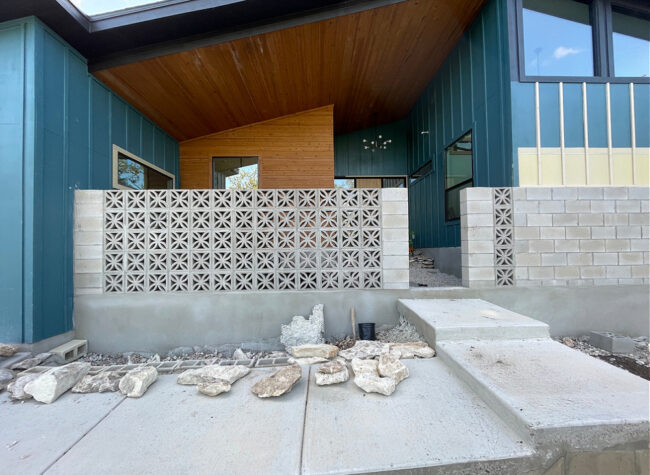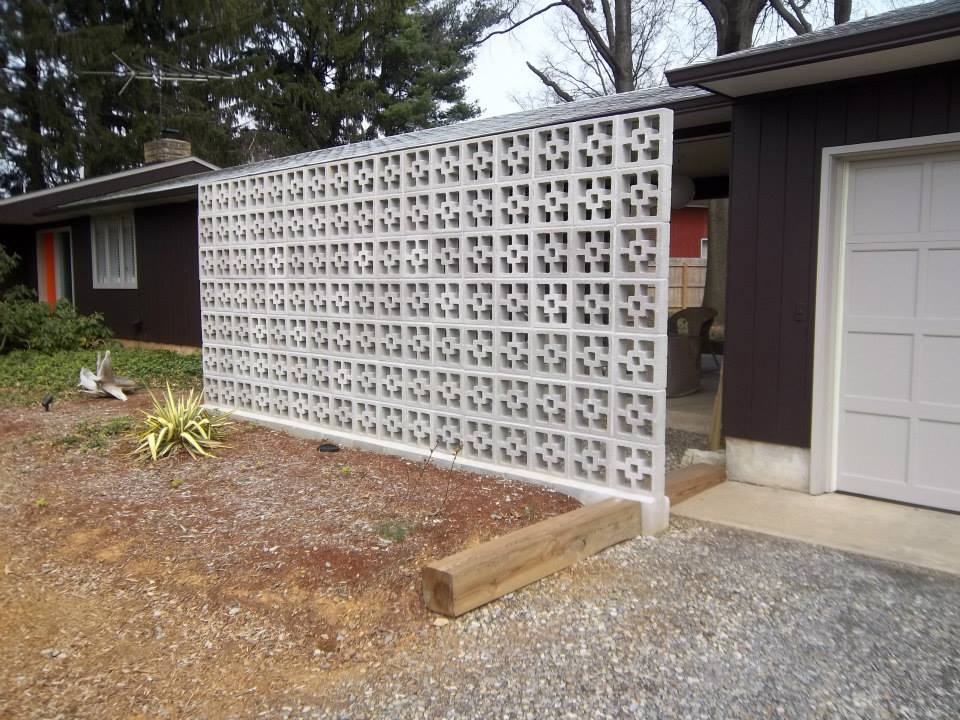Are you looking to add character and style to your home or office? Decorative block walls may be the perfect solution! In my years of experience in the design industry, I have seen how these versatile structures can transform spaces from ordinary to extraordinary. This comprehensive guide will explore various aspects of decorative block walls, including design ideas, installation tips, and maintenance guidelines.
What Are Decorative Block Walls?
Decorative block walls are constructed using concrete masonry units (CMUs) that are designed for aesthetics, durability, and functionality. Unlike standard concrete blocks, decorative blocks come in various designs, colors, and textures, allowing for limitless creativity in construction and design.
Benefits of Decorative Block Walls
- Durability: These walls can withstand harsh weather conditions and are resistant to pests.
- Versatility: They can be used in both interior and exterior applications.
- Low Maintenance: Decorative block walls require minimal upkeep compared to other materials.
- Aesthetic Appeal: With numerous designs, they enhance the visual appeal of any space.
Types of Decorative Block Walls
1. Textured Concrete Blocks
Textured concrete blocks feature raised patterns or grooves that add depth and interest to walls. They are often used in modern and contemporary designs.

2. Face-Brick Blocks
These blocks mimic the appearance of traditional brick while providing the benefits of concrete. They are ideal for classic and rustic aesthetics.
3. Split-Face Blocks
Split-face blocks showcase a rough, dimensional surface that offers a unique look. They are popular for outdoor walls and landscaping features.

4. Retaining Wall Blocks
Designed to hold back soil, retaining wall blocks can also be decorative, serving a dual purpose in landscaping.
Comparison Table of Decorative Block Types
| Type | Aesthetic | Best Use | Durability |
|---|---|---|---|
| Textured Concrete | Modern, Contemporary | Interior/Exterior Walls | High |
| Face-Brick | Classic, Rustic | Accent Walls | High |
| Split-Face | Rugged, Natural | Landscaping, Outdoor Walls | Medium |
| Retaining Wall | Functional, Decorative | Gardens, Slopes | High |

How to Design with Decorative Block Walls
Consider Your Space
Before diving into design, take a moment to assess your space. Consider the existing architecture, the purpose of the area, and how a decorative block wall can enhance it.

Incorporate Color and Texture
Choose colors that complement your overall design theme. Textures can add dimension, making the wall a focal point.
Popular Colors for Decorative Block Walls
- Earthy tones (browns, greens)
- Neutral shades (grays, whites)
- Bold colors (blues, reds) for accent walls

Pairing with Other Materials
Decorative block walls can be integrated with wood, glass, or metal to create contrast and sophistication. For instance, a wooden deck against a split-face block wall can offer a modern touch to an outdoor space.
Installation of Decorative Block Walls

Preparation
Before installation, ensure you have all the necessary tools, including:
- Level
- Masonry saw
- Mortar
- Safety gear (gloves, goggles)
Steps for Installing Decorative Block Walls
- Plan Your Layout: Use chalk lines to mark where the blocks will be placed.
- Mix Mortar: Follow the instructions on the bag for the right consistency.
- Lay the Blocks: Start from the corners and work your way in. Ensure each block is level.
- Joints: Fill the joints with mortar for a polished finish.
- Finishing Touches: Once the mortar has set, consider sealing the wall to protect against moisture.

Maintenance of Decorative Block Walls
Cleaning Your Block Wall
Regular cleaning helps maintain the appearance of your decorative block wall. Use a soft bristle brush and mild soap to remove dirt and grime.
Inspecting for Damage
Periodically check for cracks or wear. Early detection can prevent more significant repairs later on.
Pros and Cons of Decorative Block Walls
Pros
- Long-lasting materials
- Minimal maintenance requirements
- Available in various designs and colors
- Can enhance property value
Cons
- Higher upfront costs compared to standard walls
- May require professional installation for larger projects
- Limited insulation properties compared to other materials
FAQs about Decorative Block Walls
What are the best uses for decorative block walls?
Decorative block walls can be used for various applications, including garden walls, privacy screens, interior accent walls, and outdoor living spaces.
Can I install a decorative block wall myself?
While DIY installation is possible, proper training and experience are recommended, especially for larger projects. Hiring a professional can ensure better results.
How do I choose the right decorative block for my project?
Consider the style of your space, your budget, and the wall’s function. Visiting a showroom or consulting with a design expert can also provide helpful insights.
What is the lifespan of decorative block walls?
With proper maintenance, decorative block walls can last for several decades, making them a worthwhile investment.
Conclusion
Decorative block walls can undoubtedly elevate the aesthetic and functional aspects of any space. With their durability, versatility, and varied designs, they fit seamlessly into myriad settings. Whether you’re looking to create an outdoor haven or an eye-catching indoor feature, decorative block walls offer an excellent solution. As always, take the time to plan your project thoroughly, and don’t hesitate to reach out to experts if you need guidance along the way. Happy building!